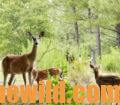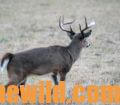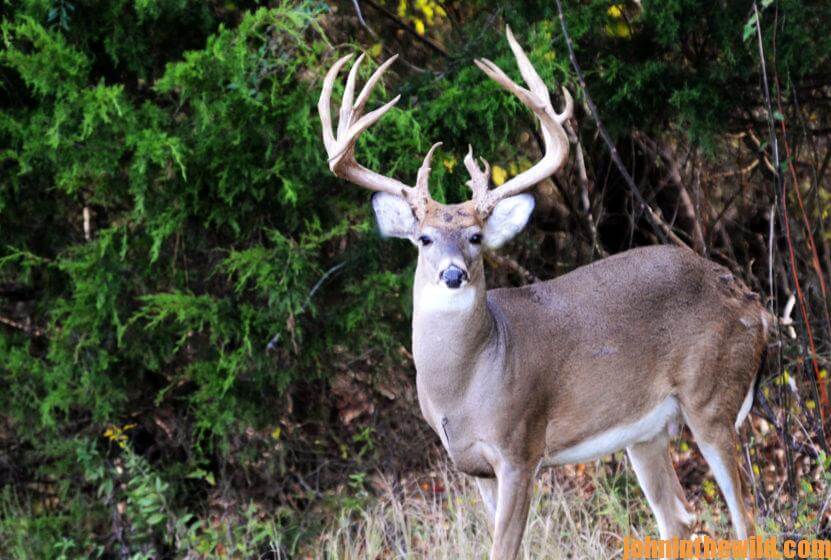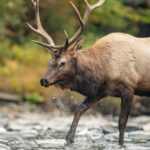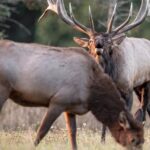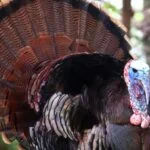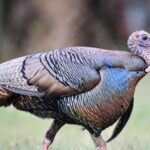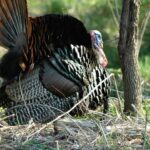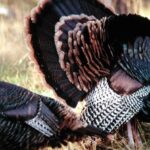Editor’s Note: Grunting, snorting, bleating and other deer sounds are hot tactics in deer hunting. There’s nothing mystical about deer calling – it’s simply using the sounds deer normally make in the woods to entice them to come near your stand. These techniques, even when mastered, aren’t a cure-all for hunting woes but are other strategies the serious, well-prepared hunter can pull from his bag of tricks to hunt smarter. What’s a hunter saying to a deer when he blows a call? What calls are the most effective? What is communicated by the different sounds that the hunter attempts to imitate? Almost every hunter and call manufacturer has speculated about these questions and their answers. Dr. Larry Marchinton, the former head of the University of Georgia’s Deer Research Project, shares his research on deer vocalization this week.
Antagonistic or Aggressive Sounds:
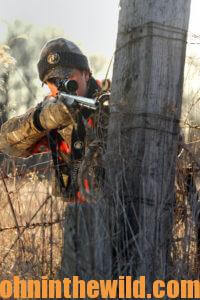 “There are basically three of these calls given by the mature buck,” Marchinton reports. “There’s the grunt, the grunt/snort and the grunt/snort/wheeze. The grunt is a low guttural sound that can be utilized by both sexes throughout the year. It is the lowest intensity of antagonistic interaction.
“There are basically three of these calls given by the mature buck,” Marchinton reports. “There’s the grunt, the grunt/snort and the grunt/snort/wheeze. The grunt is a low guttural sound that can be utilized by both sexes throughout the year. It is the lowest intensity of antagonistic interaction.
“The grunt/snort is a more-intensive call than the grunt that’s also made by both sexes. This call is given by making a grunt sound and immediately following the grunt with rapid snorts. This long, drawn-out call is not the same type of snort that’s an alarm call. The snorts that follow a grunt are short and choppy. When a deer gives this call, it’s making a more-serious threat to the other deer and the animals to which it’s talking.
“The grunt/snort/wheeze, the most-aggressive call that a buck vocalizes, is made with a grunt followed by one to four snorts, and then a wheeze. When a buck gives this call, he’s telling another deer or the animals that are threatening him that he’s serious, and something will happen.”
Mating Calls:
“The grunt call, which hunters use most often, doesn’t fall into the category of aggressive calls, but comes under the heading of tending or mating calls,” Marchinton says. “The tending grunt is more drawn-out, and the sound of the grunt actually lasts longer than the aggressive grunt. The aggressive grunt is shorter and choppier than the tending grunt. The tending grunt is the call that the buck voices when he’s tending a doe. But even if hunters get these two calls 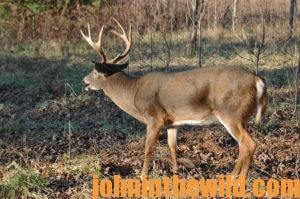 confused, the grunt still may have the same effect of drawing-in a buck, because a buck may come to the call either to fight or to mate.
confused, the grunt still may have the same effect of drawing-in a buck, because a buck may come to the call either to fight or to mate.
“The grunt call, whether it is a tending grunt or an aggressive grunt, also may run-off a subordinate buck. The aggressive grunt almost always will scare-off a subordinate buck. But the tending grunt may draw in a subordinate buck that hopes he may be able to breed the doe that’s with the other buck.
“The phlegm and sniff is a kind of squeaky noise that the buck makes when he curls his lip. This call usually is given by a buck when he first smells estrous urine. And, oftentimes bucks will give this call whether the urine is estrous or not.”
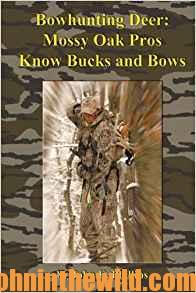 To learn more about hunting for deer, check out John E. Phillips’ bowhunting books, available in Kindle, “Bowhunting Deer: Mossy Oak Pros Know Bucks and
To learn more about hunting for deer, check out John E. Phillips’ bowhunting books, available in Kindle, “Bowhunting Deer: Mossy Oak Pros Know Bucks and 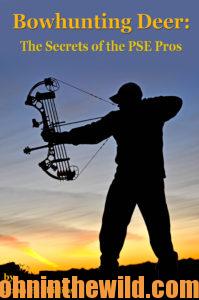 Bows” (http://amzn.to/1QGvdQx) and “Bowhunting Deer: The Secrets of the PSE Pros” (http://amzn.to/VBr1qW).
Bows” (http://amzn.to/1QGvdQx) and “Bowhunting Deer: The Secrets of the PSE Pros” (http://amzn.to/VBr1qW).
Tomorrow: Why Use the Contact and Fawn Calls for Deer

